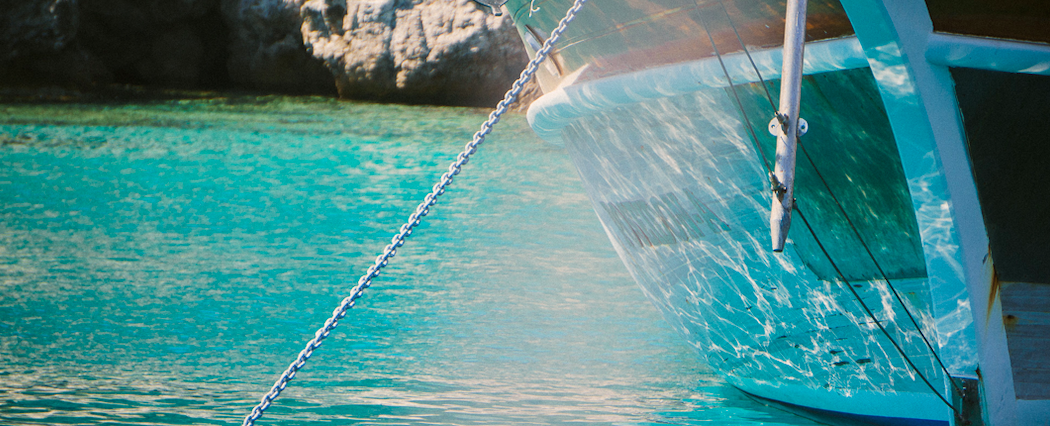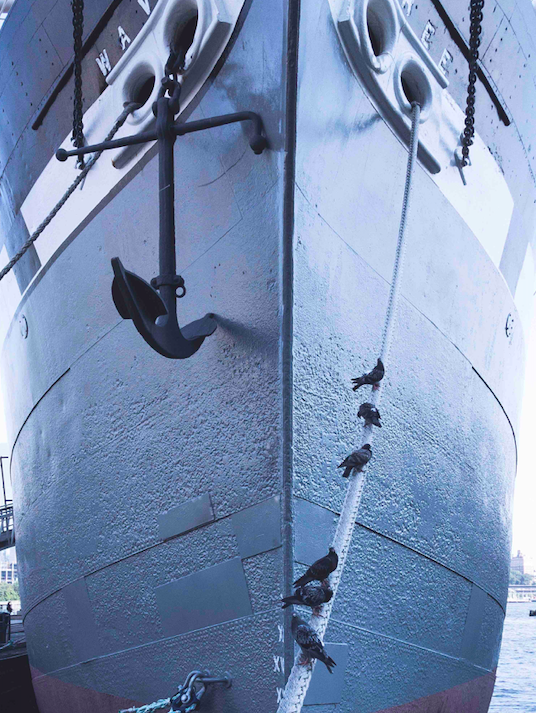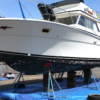
Experienced boaters probably already know the in’s-and-out’s of their vessel, but we want to welcome new boaters to the water with all the knowledge they need to enjoy their experience to the fullest. Anchoring may seem like a shore thing (haha), but here are some quick anchoring techniques to make it that much easier.
Anchoring is essential, especially if you’re looking to spend extended periods of time on the water fishing, grabbing a bite, or just hanging out with friends and family. An anchor acts as a tether, connecting your boat to the sand and silt to stabilize your vessel. When the anchor digs in, it acts on resistance and suction…kind of like a suction cup! No matter how hard the wind tugs on that line, the anchor won’t move. You won’t have to worry about drifting if you’ve properly anchored your boat.
The key to truly setting your anchor isn’t just throwing it in the water and calling it a day. However, that is part of the process! What you need to do is tighten the line by putting your vessel in reverse for many moments. If you simply do a quick reverse, you may not fully set your anchor and run the risk of drifting away with the waves. When you reverse, your boat should move forward slightly showing tension on the line. If you actually move backwards, you’ll know something isn’t right.
It is super important to know your scope, or essentially the length of your line from anchor to hull and waterline measured from the deck. Most professionals agree a 7:1 is

a good ratio for scope, however if you don’t have 7 feet to spare and are anchoring close to others, pick a smaller ratio, perhaps 4:1 or smaller.
The most important part of anchoring techniques are to know the seafloor. Rocky bottoms are harder to create the suction and grab necessary to hold the boat in place. West Marine suggests carrying two anchors for varying types of material. Always check to see if you’re moving. An electronic measuring device is best, but if you don’t have one onboard, pick a landmark or something notable to keep an eye on while you are anchored.
When you are ready to cast off once again, as you move towards the anchor pull and collect your line. Once you’re above it, it should pull free. However, if you find yourself struggling to pull the anchor out of the sand, try circling around. Some even suggest using the waves to pull the anchor out – pull the line taught and the next time you dip down with the waves, let that do the work for you.
Stay updated with all things boating by liking us on Facebook or checking us out on Instagram!
When searching for all marinas, use our Interactive Map! Or check out our partner Marinalife with their marina listings for reference!








